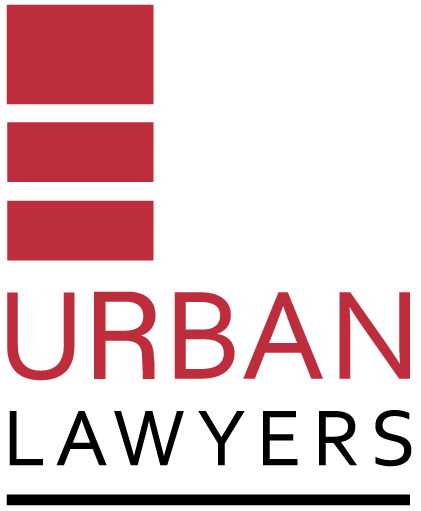Limitation Period For Combustible Cladding Claims Extended To 15 Years
What is combustible cladding and why is it dangerous?
There are two types of combustible cladding that present a risk to building occupants, these are aluminium composite panels and expanded polystyrene. The risk is that in an event of a fire, these materials can enhance the speed at which a fire spreads, presenting a threat to residents and those in the immediate vicinity.
Legislation introduced in response to the combustible cladding crisis
As a result, the Victorian Government introduced legislation that prohibits the use of combustible cladding, namely in the Building Amendment (Registration of Building Trades and Other Matters) Bill 2018.
After the prohibition on combustible cladding, the Victorian Government announced a $600 million Cladding Safety Victoria (CSV) program with the aim of reducing the dangers related to combustible cladding on residential apartment buildings by subsidising the removal and replacement of the combustible cladding. The program was made law with the Cladding Safety Victoria Act 2020, which commenced on 1 December 2020.
Extension of limitation period
The Cladding Safety Victoria Act 2020 also extended the deadline for owners to commence legal proceedings in relation to combustible cladding claims from 10 years to 12 years after the date of issue of the occupancy permit in respect of the building work or, if an occupancy permit is not issued, then the date on which the certificate of final inspection is issued.
In October 2021, the Building Amendment (Registration and Other Matters) Act 2021 (Act) came into effect. Under the Act, owners whose rights to commence legal proceedings for combustible cladding claims (which would have expired between 16th of July 2019 and 1st of December 2023) now have 15 years to pursue legal proceedings to recover the cost of removing and replacing combustible cladding.
What does this mean for owners?
The additional three years allows owners further time to concentrate on cladding removal without the need to immediately initiate recovery legal proceedings. This amendment recognises the difficulty of commencing cladding-related legal action, along with the effects of the coronavirus pandemic.
What does this mean for builders, building surveyors, architects, and engineers?
For building professionals and their professional indemnity insurers this change shall cause concern, because building owners and the Victorian Government (where it is completing rectification works) now have an additional three years to bring their claims. Furthermore, claims that were formerly past the period of limitation have now been revived due to these legislative amendments.
To learn more about the extension of the combustible cladding claim limitation period or if you require legal assistance, please contact Chris Moshidis, Director and Principal Lawyer on +61 9521 7956 or chris@urbanlawyers.com.au

